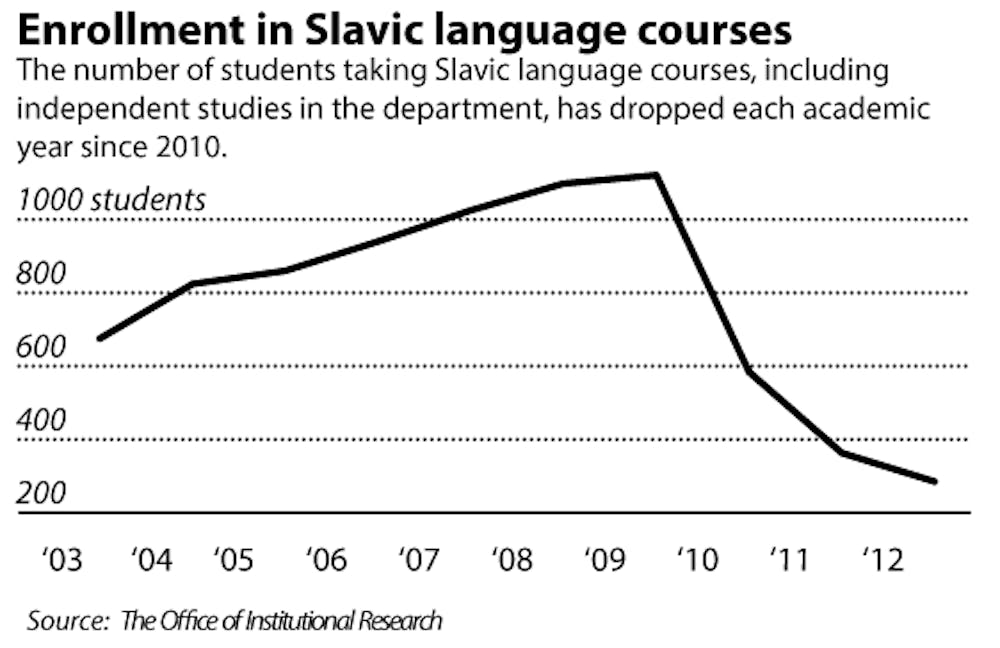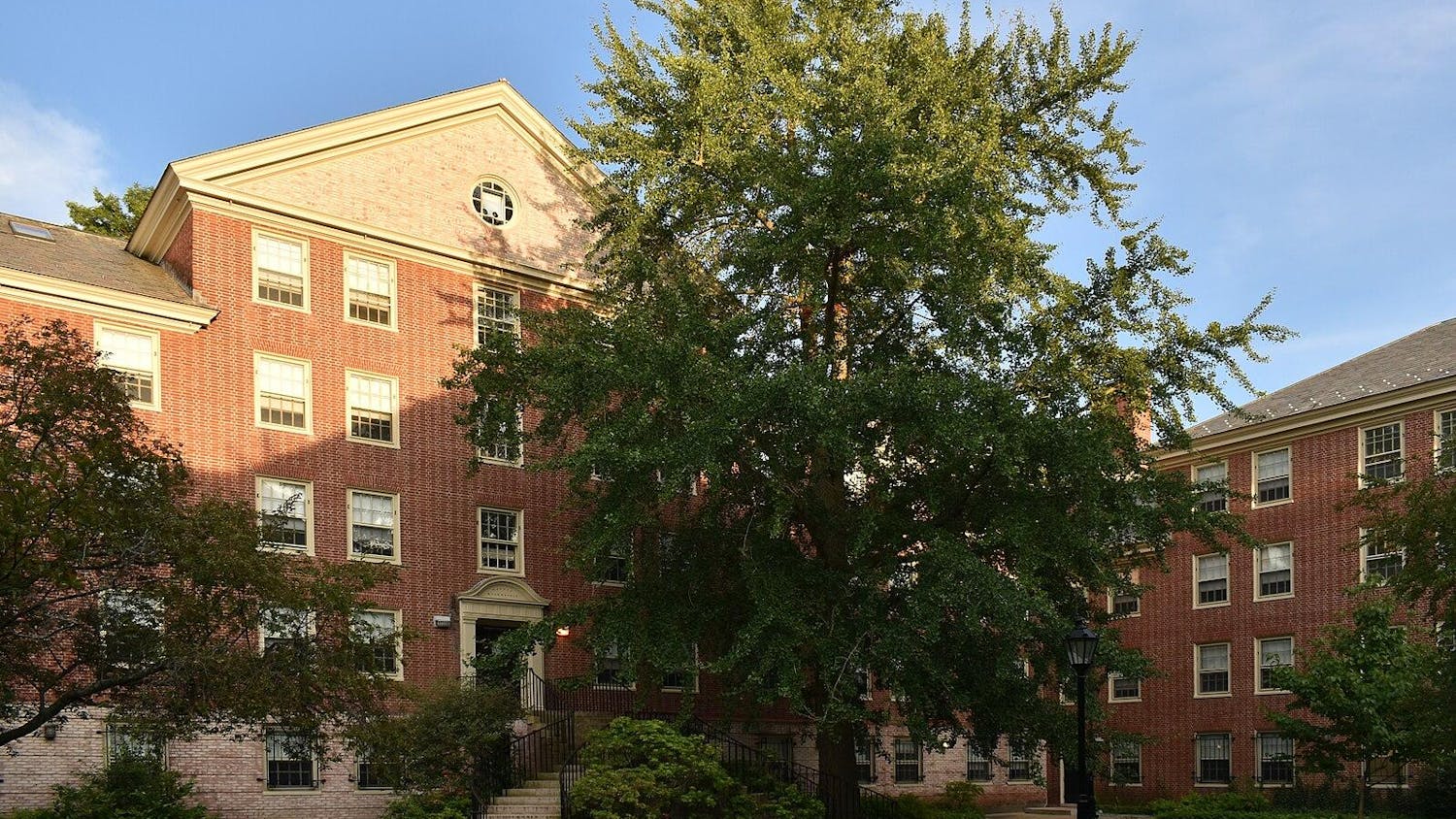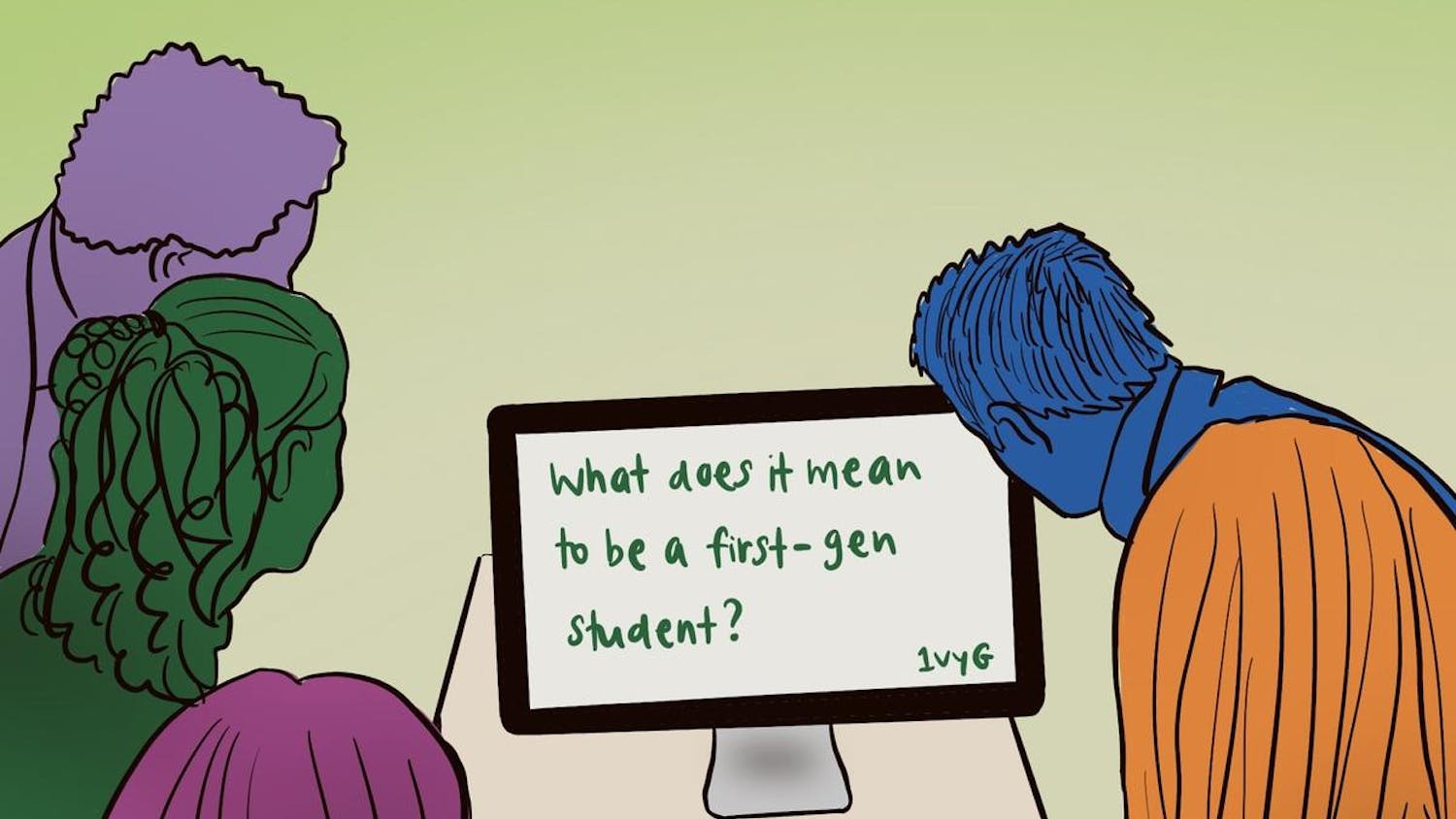The Department of Slavic Studies has seen enrollment in its courses decrease about 75 percent over a four-year period, from 1,153 students in the 2009-10 academic year to a low of 287 students in the 2013-14 academic year, according to data from the Office of Institutional Research.
This decline resulted largely because of one retirement within the department, though it also falls within a broader and more gradual decline in enrollments across the humanities, said Svetlana Evdokimova, chair of the Department of Slavic Studies and professor of Slavic studies and comparative literature.
Claude Carey, previously an associate professor of Slavic languages, retired at the end of last year. She had not been teaching courses for the three years before her retirement, said Alexander Levitsky, professor of Slavic studies and literatures.
Carey taught courses that drew large numbers of students, Levitsky said. “She was very much admired and loved” by a large contingent of undergrads, he added.
Evdokimova also attributed the decline in department enrollments to Carey’s retirement.
After 2010, the department hired temporary professors to account for Carey’s absence, Evdokimova said. Temporary professors historically do not garner high numbers of enrollments in their courses, she added.
Carey’s courses accounted for large percentages of the department’s course enrollments during the years she was at Brown. According to the Critical Review, in the 2009-10 academic year, Carey taught five courses, amounting to a total of 889 students — roughly 77 percent of total course enrollments in the Slavic studies department that year. During the previous academic year, 2008-09, Carey taught 636 students in the same number of courses, which constituted about 56 percent of that year’s course enrollments.
High-enrollment courses that Carey taught multiple times during her tenure at Brown — including RUSS 0930: “Cultures and Literatures of the Russian and Soviet Empires,” RUSS 0990: “The Black Experience in Russia and the Soviet Union” and RUSS 1320: “Soviet Literature from 1917 to 1953” — have not been offered since the fall of 2011, the last semester for which Carey is listed teaching, according to the Critical Review.
But Carey’s departure from the department may not be the only factor contributing to enrollment declines. In the fall of 2011, she taught 85 students in two courses, both of which had mich higher enrollments each time they were offered in previous semesters. For example, RUSS 0990 lists 44 enrollments in the fall of 2011, compared to 148 in the fall of 2010 and 194 in the fall of 2009.
More broadly, the slower decade-long decline may be related to changes in U.S.-Russian relations, Levitsky said.
When Levitsky first arrived at the University in 1970 during the Cold War, he taught nearly 300 students per semester, he said. Students were urged to study Russian culture and Slavic languages at that time, when the Soviet Union was considered an “enemy” of the United States, he added. Given recently building tensions in U.S.-Russian diplomacy, Levitsky predicts that the Slavic studies department will see another small wave of increasing enrollments.
Natasha Bluth, head of the Slavic Studies DUG and a Herald editorial page board member, said she agrees with this prediction.
Evdokimova and Levitsky also link the trend in their department to a decrease in humanities enrollments at the University and across the nation. While Evdokimova and Levitsky said they do not view the larger trend within the humanities to be the chief reason for sharply declining enrollments in the Slavic languages department, they both said this broader factor has played a role.
Most humanities departments at the University have seen a drop in course enrollments over the same time period as the Slavic studies department, according to the Office of Institutional Research. Course enrollments overall in foreign languages have dropped by around 200 students in the last year alone, The Herald previously reported.
Recently, many faculty members have discussed this trend as well as modes of mitigating its effects, Evidokimova said, adding that the University needs to emphasize diversity from a wide range of disciplines in its admission processes.
“We need to put more emphasis on the perspectives of other nations and the world at large,” she said. “It’s important to study these cultures from within, not only from outside.”
The task of the humanities is to force students to consider alternate modes of thought and to questiontheir own ways of thinking, Levitsky said.
Levitsky compared the idea of comparative thinking to mathematics, saying that scientists who can calculate in both metric and imperial systems have an advantage within their fields. The domain of the humanities is to allow students to measure the world using different methods, he said.
Both professors also noted that the University should increase its commitment to study abroad programs.
Levitsky said that the University must invest “in true internationalization.” Evdokimova added that the University must not allow study abroad experiences to be obstructed by financial difficulties.
Because the Slavic studies department is “such an enriching domain, you bring together all these different things,” Bluth said.
“That has really opened my eyes to the other things I’m interested in at Brown,” she added.

ADVERTISEMENT




